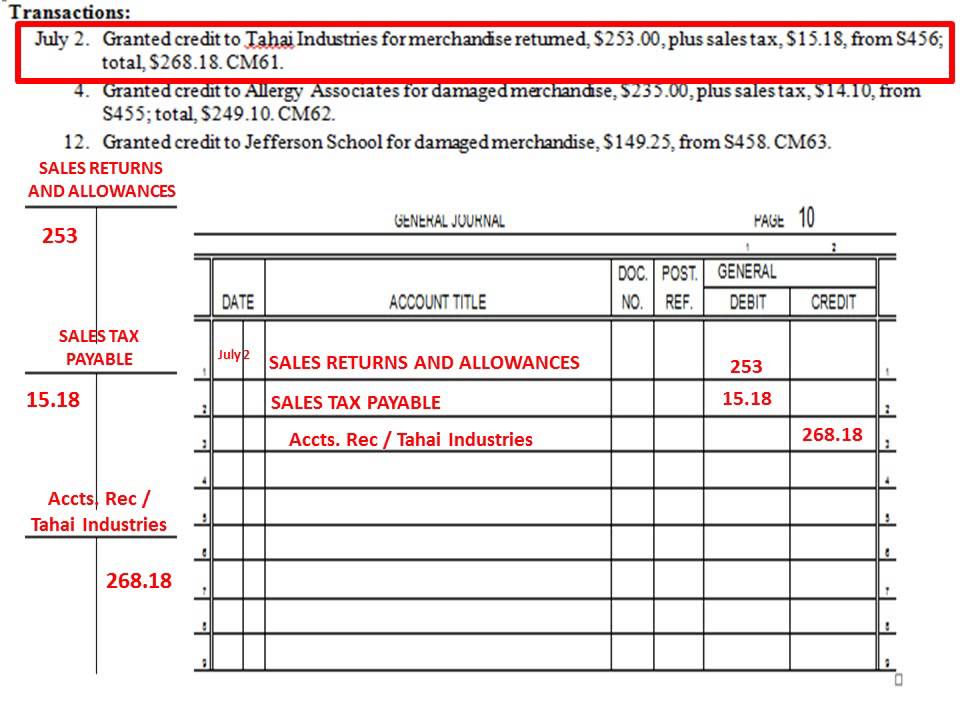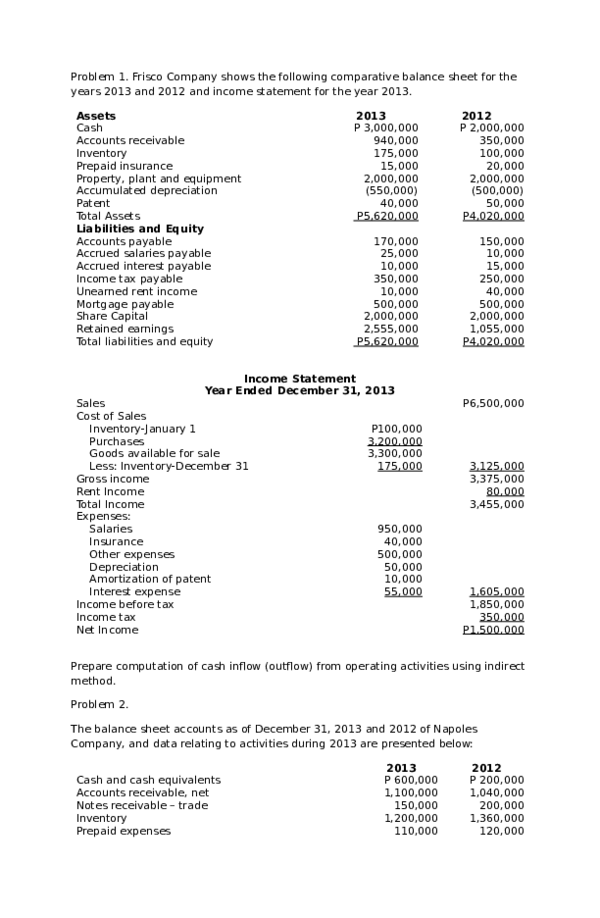
Marija Kojic is a productivity writer who’s always researching about various productivity techniques and time management tips in order to find the best ones to write about. She can often be found testing and writing about apps meant to enhance the workflow of freelancers, remote workers, and regular employees. Appeared in G2 Crowd Learning Hub, The Good Men Project, and Pick the Brain, among other places.
Considering that the FTE unit of measure is based on the total number of hours worked — it may not indicate the actual number of people working in a company. So, each of your part-timers count as a fraction of a full-time employee. When you add your part-timers together, you create an FTE employee. Well, employers calculate FTE for several reasons but one of the most important reasons is that the calculation can help your organization run more efficiently through the standardization of hours and pay. A simpler way of calculating FTE for PPP is to assign an FTE of 1.0 to employees working 40 or more hours per week, and an FTE of 0.5 to those who work less. More importantly, many government support programs use FTE as a basis to decide how your company should be treated.
How FTEs Work
The Paycheck Protection Program (PPP) is designed to prevent job losses during the pandemic by giving loans to small businesses to cover payroll expenses and other costs. A portion of this loan can be forgiven based on the number of FTE workers an employer has on its payroll. Figuring out exactly how many people work for a company is more complicated than asking for a show of hands. And while they’re all valued as part of the company, there are certain situations in which they’re not considered in the same way when calculating your headcount.
They’re also generally employed on a permanent basis as opposed to seasonal or temporary. Full-time workers are also typically entitled to benefits like medical or vacation pay. To calculate FTE for COBRA, multiply the number of part-time workers you have by the average number of hours they each work per week, and divide the result by 40 (the working hours in a week for a full-time employee).
Calculating FTE for ACA
Along with counting the hours worked, FTEs show how many full-time employees a particular company employs within a fiscal year or needs to employ to carry out a project. The FTE employee doesn’t have to actually exist, and can be a combination of part-time employees. For example, if your entire Full time equivalent staff works part-time, the FTE employee is a hypothetical full-time worker by which your part-time workers are measured. The full-time employees work 40 hours per week and 52 weeks out of the year, meaning that the number of full-time hours worked on an annualized basis is 104,000 hours.
It’s much more common to come across “full-time” in this hyphenated fashion. However, it is possible to see it without the hyphen in certain situations. You use “full time” when you’re modifying the subject of the sentence, which we’ll get to later. FTE can serve as a parameter for your decision-making as a manager regarding promotions, dismissals, division of tasks, training and talent development. Through this, you can identify the needs and internal capabilities of your employees more easily, as well as exercise more strategic management. However, that doesn’t always accurately depict the workload a company can carry.
FTE formula
However, bear in mind that this only applies to positions that work 30 hours per week when assigned a 0.75 FTE position, i.e., the IRS minimum for a full-time definition. In contrast, non-exempt positions who typically work only 28 hours per week on a 0.75 FTE schedule do not qualify, even if the employer policy defines them as full-time. Proof of FTE is evidence required for Paycheck Provider Program (PPP) Loan Forgiveness. The PPP is part of the $2 trillion Coronavirus Aid, Relief, and Economic Security (CARES) Act.
To identify the FTE of part-time employees, divide the total hours worked by part-time employees by the annual hours worked by one full-time employee (i.e., 2,080 hours). Full-time equivalents (FTEs) is a metric that measures the total number of full-time employees you have based on hours worked rather than the exact number of employees. Each part-time employee counts as a fraction of one FTE based on how many hours they work on average. Moreover, having accurate FTEs for all employees will also help employers determine responsibilities towards them, their PTO rates, and whether the business is eligible for certain federal programs. Once you decide why you want to use FTE, identify the appropriate calculation method, and follow it through.

If an employee works 40 hours a week, they count as one full-time employee or 1.0 FTE. An FTE calculation is a method for measuring how many full-time employees are present at a company, alongside the number of part-time employees that in aggregate can be translated into full-time terms. To be required to provide COBRA continuation coverage, a company must employ at least 20 full-time equivalent employees on more than half of its working days in the past year.
How to calculate FTE for individual employees (+ examples)
In short, it is a crucial term that is important for HR specialists and accountants alike. As you will understand by the end of this article, there are plenty of situations in which knowing the meaning of FTE and how to calculate it can be quite useful. Also, a special standard applies to government entity employers in the application of the aggregation rules under section 414. Companies with a higher FTE may need to provide additional benefits to their employees.
(They may opt to give their employees a generous raise or some extra time off). They also use it to calculate labor costs for the expected project workload and subsequently define the funds needed to finish a project. For instance, in terms of business, calculating FTEs may be of great use when determining how many hours part-time employees should work to equal the number of hours full-time employees work.
Remember to deduct any allotted holidays, vacation and sick days from the total number of hours working in a year. For our examples, we are allotting four weeks total time off a year, bringing the number of working weeks down from 52 to 48. If an employee works 20 hours a week for this same company, they only work half the amount as a full-time employee and are 0.5 FTE. An employee who works 60 hours a week works 1.5 times as much as a full-time employee and is considered as 1.5 FTE. To calculate the FTE for all employees in your company, consider the full-time and part-time employees you employ. Whether an FTE of 0.75 is considered full-time will depend on the company policy made by the employer.
The part-time employees, on the other hand, work 20 hours per week and 25 weeks out of the year. FTE, an abbreviation for “full time equivalent”, counts the approximate number of full-time employees employed by a specific company, but with the inclusion of part-time employees. This includes three full-time employees that work 40 hours per week.

Within this method, the employee is credited with 8 hours for each day they would be required to work at least 1 hour (including PTO). If an employee is set to 20 hours per a 40-hour workweek, then they’re considered 0.5 FTE. Like we mentioned above, employers use FTE calculations for a number of different reasons to better understand the employment needs and labor output of their organization. Let’s dive into the main benefits of using an FTE calculation below. Below, we’ll look more closely at FTE, the equation for an FTE calculation, and why it’s an integral metric for understanding your company’s organizational needs. Keep reading for a comprehensive explanation on how to set yourself up for success with FTE calculations, or use the links below to jump to a section you’d like to learn more about.
Get this by multiplying the number of full-time employees by the number of hours in a working week (usually 40, though sometimes less). It is then important to note that some FTE calculations do involve a fair amount of assumptions. For example, some governments may simplify the process by assuming each part-time worker to be 0.5 FTE, regardless of the hours they work. Some may even assume any employees who work more than 20 hours a week to be 1 FTE. Therefore, before making a decision using the FTE metric, it is best to check if there are any rules or requirements worth considering.
A full-time employee for any calendar month is an employee who has on average at least 30 hours of service per week during the calendar month, or at least 130 hours of service during the calendar month. If the company considers 30 hours as full-time, an employee working 30 hours would be a full-time equivalent employee. If a company considers 40 hours as full-time, an FTE employee would be someone who works 40 hours, or two employees working 20 hours would be considered 1.0 FTE. Each company determines how many hours they consider full-time, calculating the number of hours worked each week by the number of workweeks a year. For example, a company might consider 40 hours a week, 52 weeks a year, as full-time.
But, in many situations, a business needs to view or report its staffing level in terms of full-time work. Knowing your number of FTEs is important for assessing business performance, and it’s required under the Affordable Healthcare Act (ACA) and for certain tax credits. The method for calculating FTE is slightly different for each of these uses. Those five workers are in fact equivalent to 3.37 full-time workers. There is an important distinction for employers to keep in mind regarding these aggregation rules.
Example #3: 2 full-time employees and 5 part-time employees / 40-hour workweek
The Full Time Equivalent (FTE) represents a unit of measurement standardized to equal the number of hours worked by the typical full-time employee. Now add the total number of hours worked by full-time employees to that of part-time employees to get the total number of hours for all employees. Based on an FTE of 1.0, we calculate employees work 2,080 hours per year. Furthermore, this value is used only as a basis for calculating the annual FTE and reflects the hours of an employee who works 5 days a week, 8 hours a day.
UAFS: Increase in freshmen and transfer enrollment, on-campus … – Arkansas Online
UAFS: Increase in freshmen and transfer enrollment, on-campus ….
Posted: Sun, 20 Aug 2023 06:16:54 GMT [source]
This tells you how many FTE employees your part-time workers add up to. Add this to the number of actual full-time employees you have to find your total FTE. FTE calculations can also help track salaries and labor costs within the organization. For example, HR departments can use FTE calculations to standardize the working hours and salaries of employees working on a part-time basis.
- There are three main styles that people use to capitalize a title.
- So the FTE is not the number of employees in a company, but the equivalent of a full-time employee.
- The US falls somewhere in the middle when compared to other countries, with 38.8 hours of work time per week, on average.
- FTE stands for full-time equivalent, and it’s a unit of measurement equal to the number of hours typically worked by a single full-time employee at a given company.
- If you don’t know what it means, you should, as this metric can help you make important decisions.
The 109,000 total hours worked must be divided by the total number of available work hours in a year, or 2,080 hours. You typically would not include hours that owners or partners work within this calculation, but you can do so for your own accounting purposes if you want to include labor from ownership as part of your evaluation. The workforce of an enterprise, activity, or country etc. can then be added up and expressed as the number of full-time equivalents. In the context of education the FTE unit attempts to standardize a student’s actual course load in comparison with the normal course load.
